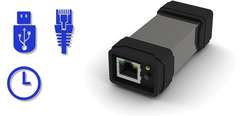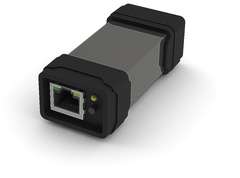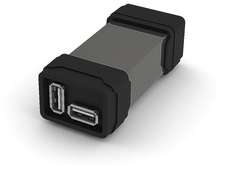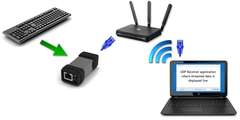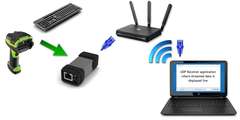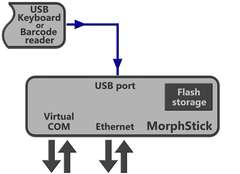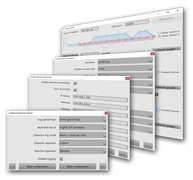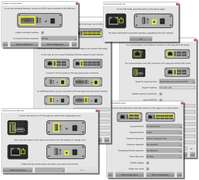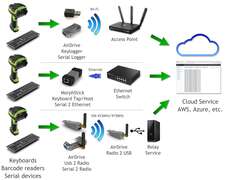MorphStick Keyboard Host 2 Ethernet Max
The MorphStick Keyboard Host 2 Ethernet Max is a compact network device, capable of converting USB keyboard, barcode reader, or mouse data to Ethernet packets. It acts as a USB host controller, polls a USB device for data, and sends it as UDP datagrams in a user configurable format. Contains built-in high-capacity flash storage, and a real-time clock (RTC) with battery.
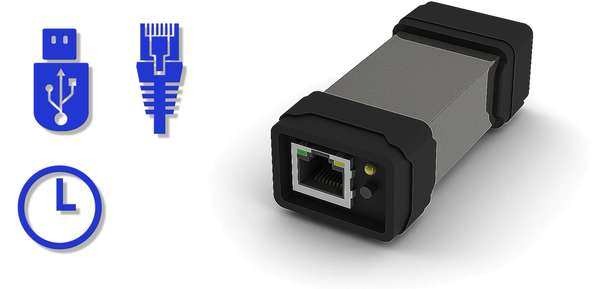
Acts as a USB host and actively polls a USB keyboard, mouse, or barcode reader
Sends data over Ethernet as UDP datagrams
Two USB sockets and RJ-45 Ethernet socket
Powered over USB
Compact and portable design
16 gigabytes internal memory, accessible as a USB flash drive
Built-in real-time clock with battery
Time and date stamping
Can be paired with MorphStick Ethernet 2 Keyboard
Highly configurable with simple PC-side application
Supports national keyboard layouts
Durable anodized aluminum enclosure
USB cable included

How it works
The MorphStick Keyboard 2 Ethernet is a powerful, yet simple to use data converter and logger. Connect a USB keyboard or barcode reader on one end to the horizontal USB-A socket. Connect 5V DC power using the vertical USB-A socket (can be from any computer, using a standard USB cable). Connect Ethernet to the RJ45 socket on the other end. After a simple configuration procedure, the Morphstick will poll the connected device for data, and transfer it over Ethernet to a chosen destination.
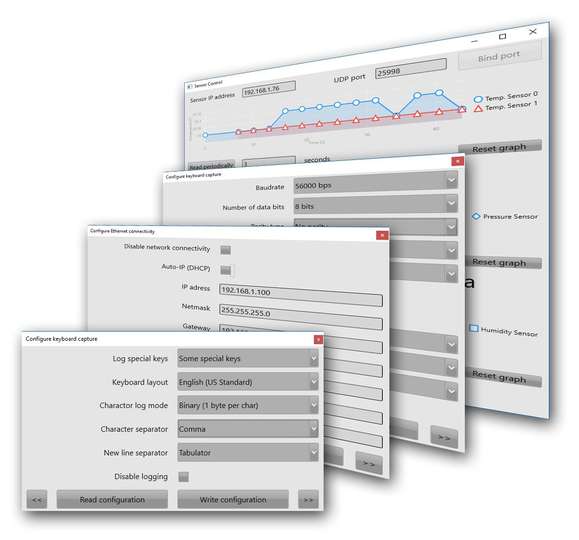
Highly configurable
All MorphStick devices feature a button, which switches them into configuration mode over USB. An free lightweight application is available, which guides through the configuration process. During configuration the basic network communication needs to be configured, such as the where to send the acquired data. It takes just a few minutes to get the basic data transfer running, however the flexibility of the device also allows setting up sophisticated communication schemes.
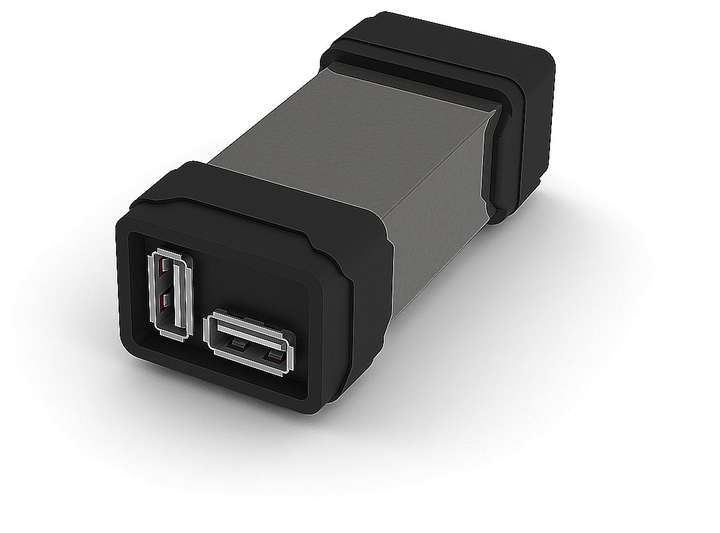
Tap versus Host
MorphStick Keyboard 2 Ethernet comes in two variants: Tap and Host. The Tap version works like a keylogger, capturing existing communication between the USB keyboard or barcode reader, and the computer. The Host version contains a built-in USB controller, which actively polls the keyboard or barcode reader for data. Both versions operate in the same way on the Ethernet side.
The bigger picture
Morphsticks are essentially building blocks of bigger communication systems. The data originating from MorphStick Keyboard 2 Ethernet can be sent to several destinations. One of them can be the MorphStick Ethernet 2 Keyboard, creating a transfer link over Ethernet for keyboards and barcode readers. Another destination can be a host computer, with dedicated software, such as a cloud service. A sample application is delivered, demonstrating this capability. Yet another option is a dedicated MorphStick device solely for the purpose of logging data from several sources.
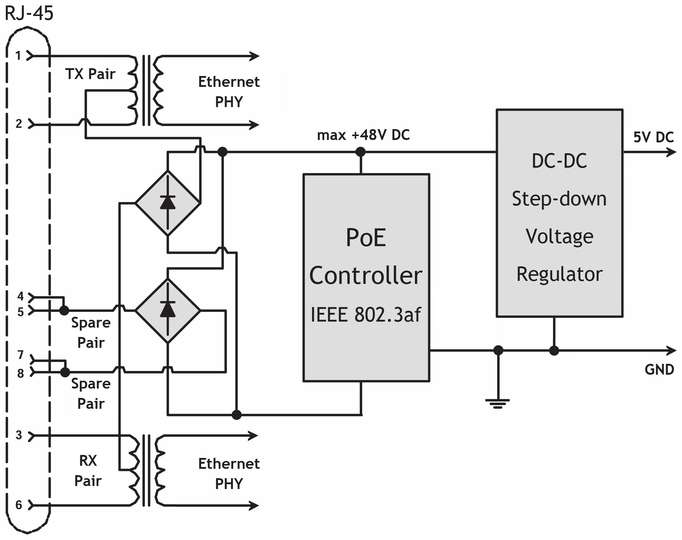
Power over Ethernet (PoE)
The PoE version allows to power the device with DC voltages up to 48V over the RJ-45 connector. The device can be powered either over USB or through PoE (or both), extending the flexibility of the application in which the MorphStick is used in. The PoE version fully supports IEEE 802.3af PoE specification, including PoE detection, classification and undervoltage lockout.
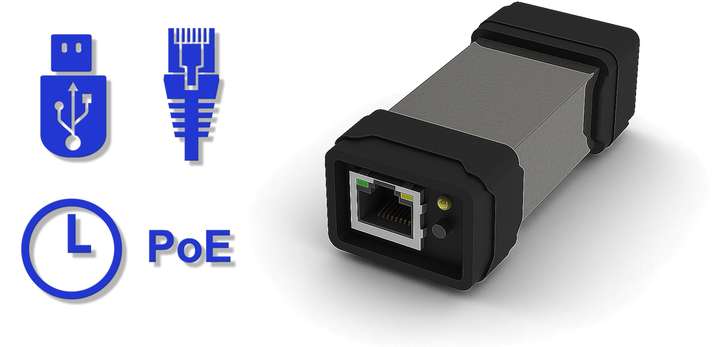
Internal memory and RTC
The Max version features high-capacity internal flash memory, and an RTC (Real Time Clock). The flash memory option adds 16GB internal memory for data logging purposes, while the RTC options adds time-stamps to the logged data. The set time and date is retained even when the device is powered off, thanks to an internal battery.
